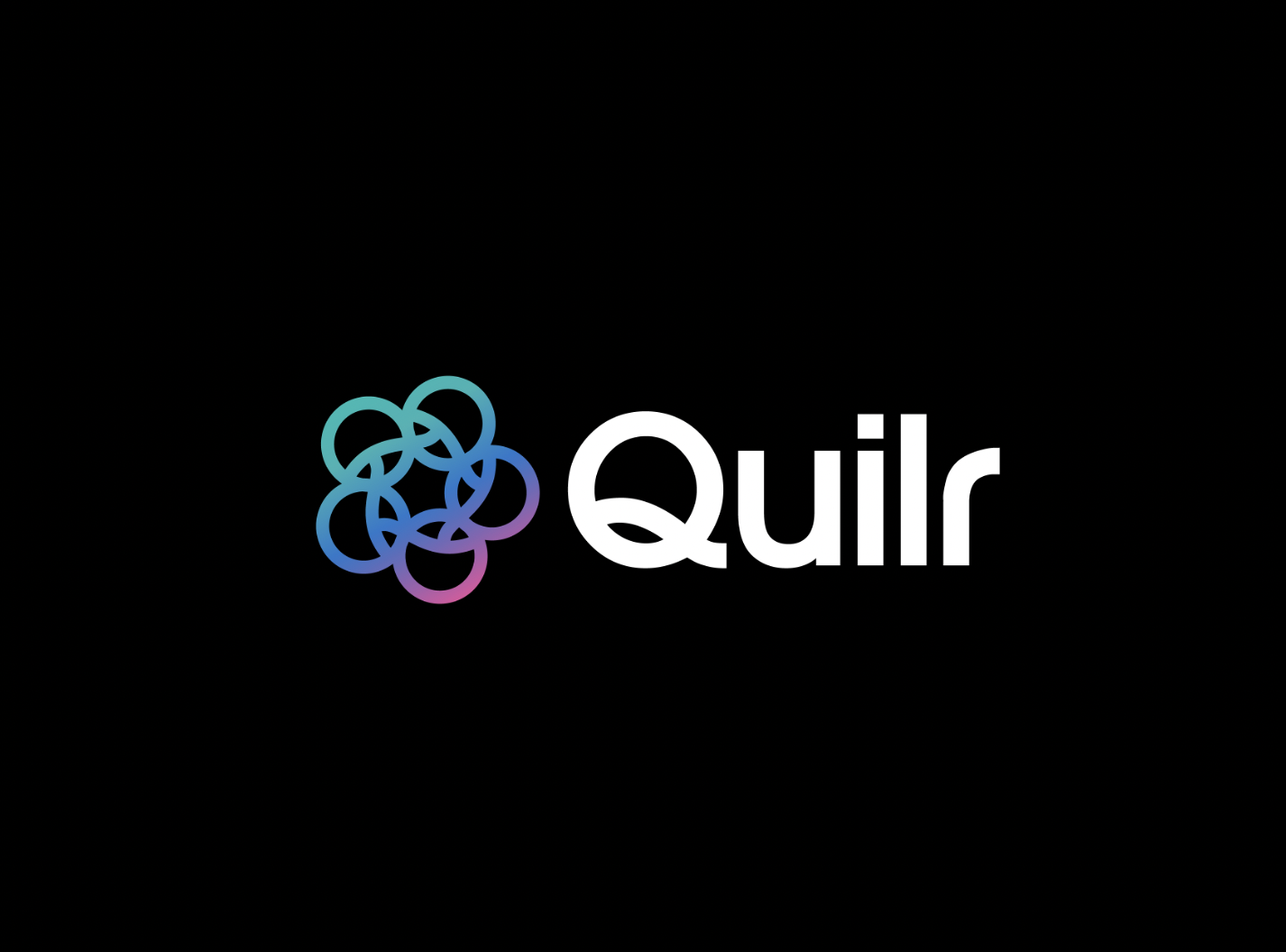Over the last three decades, innovations in the hosting, buying, and distributing of B2B software have repeatedly upended the economics of how software gets sold.
In the 1990s, when business software was mostly hosted on-premise and C-level executives would make top-down buying decisions for their organization, software vendors would charge an up-front license fee and a recurring maintenance fee. As software moved to the cloud in the 2000s, per-seat subscriptions paid on an annual or monthly basis became the de facto pricing model. In the 2010s as SaaS matured to become increasingly “consumerized”, with end-users often controlling purchasing decisions, a variety of new pricing models came to market. Tiered pricing, freemium pricing, active user pricing, and usage-based pricing are all examples of pricing models that have seen growing adoption in the last several years.
The 2020s will see a continued rise in the heterogeneity of software pricing models. We believe this is an inexorable trend being driven by several key factors. One is the increasing shift of software vendors’ COGS being tied to usage, specifically cloud consumption of services like AWS or Twilio. Misaligning fixed subscription pricing with variably priced COGS can cause headaches for software vendors and their finance teams. A second factor is that new pricing models help address new patterns of software consumption, whether it’s individual users replacing executives as the new buyers (freemium), the growth in API-first companies (usage-based), or the new generation of automation and integration middleware (usage-based). A third factor supporting the growth of dynamic pricing is that different pricing models can have a variety of benefits to both the vendor and customer. The right pricing model can align customer/vendor incentives by speeding up time to value and reducing shelfware. All types of software companies are adopting new pricing models to adapt to these trends, regardless of where they sit in the proverbial stack, or their size, or what year they were founded. In short, new pricing models are generally a good thing for software vendors and their customers, and the tailwinds driving new forms of pricing are only getting stronger.
However, as pricing evolves in its complexity, software vendors face a major problem: billing. In a fixed subscription model, billing is relatively straightforward. Vendors give customers a contract for an annual cost and invoice them in monthly, quarterly, or annual installments. As contracts come up for renewal, the parties renegotiate based on changing consumption habits. Unfortunately, the billing systems that were built to manage these types of contracts were not built for companies in the modern era of dynamic SaaS pricing.
Subskribe is a quote-to-revenue system that was built precisely for the complex needs of a modern SaaS company’s pricing model. It was architected to be both highly flexible and highly consistent. The system’s data model is based on an “order” that moves through quoting, billing, and revenue recognition in a unified fashion regardless of pricing model.
Subskribe integrates with CRM systems like Salesforce to pull data that helps generate an order form. Reps can create order forms with Subskribe’s product and pricing catalogue, which acts as the system of record. The order generates an invoice, which gets sent to the customer and finalized. If someone from the billing department needs to approve of the quote, Subskribe’s integration with Slack enables rapid approvals by notifying the approver in real-time. The contract can feature nearly any type of revenue – flat subscription, ramped subscription, usage-based, non-recurring, or a combination of these and other pricing models. Lastly, Subskribe pushes key financial data into a company’s general ledger in accordance with key revenue recognition standards like ASC-606.
Across the entire quote-to-cash lifecycle, Subskribe’s unified catalogue and pricing engine underlies the entire system and ensures consistency. This seamless and unified experience are why companies like BigID and Gremlin are choosing Subskribe to power the billing for their new SaaS products.
If it sounds like Subskribe was architected with a high degree of empathy for the headaches that modern SaaS vendors deal with when it comes to billing – that’s because it was. Durga Pandey, Subskribe’s CEO, saw the evolving SaaS pricing landscape first-hand as a Director of Product Management at Zuora. Durga’s co-founder Yibin Guo also witnessed this first-hand during his time at Zuora, Netflix, and AWS. So did co-founder Prakash Raina, from his experience of using technology to solve complex finance problems as a Senior Director of Business Tech at Okta. Subskribe’s founding team brings together an extremely deep knowledge of payments, billing, and technology.
We could not be more excited to be supporting Durga, Yibin, and Prakash on their journey to help usher in the next-generation of SaaS companies in the post-subscription era.
To learn more about Subskribe, check out their website, funding announcement, and see open jobs here.
Related Articles

SEON: Arming the Fraud Fighters
SEON was born out of its co-founders’ need for an easy-to-use fraud prevention platform. In 2017, Tamas Kadar and Bence…

Aktos: Revolutionizing the Accounts Receivable Management Industry

Rilla: Bringing Intelligence to Outside Sales
We at Crew Capital are incredibly excited to be leading a seed financing round in Rilla and partnering with Sebastian,…






